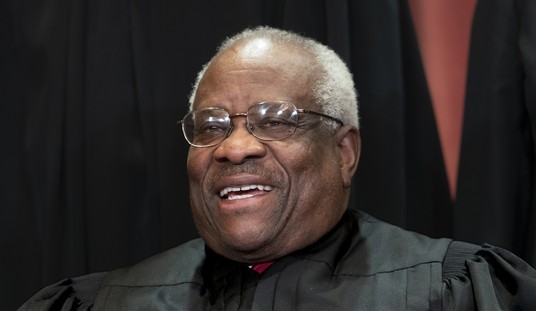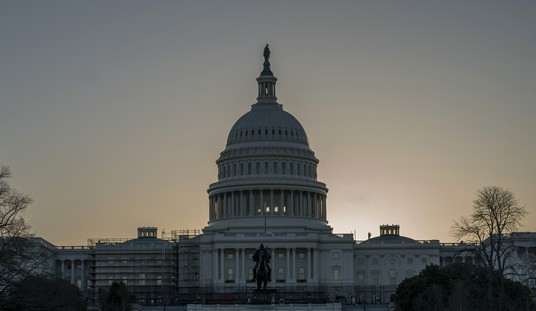With both Barack Obama's supporters and the media looking forward to the new administration's policies being similar to President Franklin D. Roosevelt's policies during the 1930s depression, it may be useful to look at just what those policies were and-- more important-- what their consequences were.
The prevailing view in many quarters is that the stock market crash of 1929 was a failure of the free market that led to massive unemployment in the 1930s-- and that it was intervention of Roosevelt's New Deal policies that rescued the economy.
It is such a good story that it seems a pity to spoil it with facts. Yet there is something to be said for not repeating the catastrophes of the past.
Let's start at square one, with the stock market crash in October 1929. Was this what led to massive unemployment?
Official government statistics suggest otherwise. So do new statistics on unemployment by two current scholars, Richard Vedder and Lowell Gallaway, in their book "Out of Work."
The Vedder and Gallaway statistics allow us to follow unemployment month by month. They put the unemployment rate at 5 percent in November 1929, a month after the stock market crash. It hit 9 percent in December-- but then began a generally downward trend, subsiding to 6.3 percent in June 1930.
That was when the Smoot-Hawley tariffs were passed, against the advice of economists across the country, who warned of dire consequences.

Five months after the Smoot-Hawley tariffs, the unemployment rate hit double digits for the first time in the 1930s.
This was more than a year after the stock market crash. Moreover, the unemployment rate rose to even higher levels under both Presidents Herbert Hoover and Franklin D. Roosevelt, both of whom intervened in the economy on an unprecedented scale.
Recommended
Before the Great Depression, it was not considered to be the business of the federal government to try to get the economy out of a depression. But the Smoot-Hawley tariff-- designed to save American jobs by restricting imports-- was one of Hoover's interventions, followed by even bigger interventions by FDR.
The rise in unemployment after the stock market crash of 1929 was a blip on the screen compared to the soaring unemployment rates reached later, after a series of government interventions.
For nearly three consecutive years, beginning in February 1932, the unemployment rate never fell below 20 percent for any month before January 1935, when it fell to 19.3 percent, according to the Vedder and Gallaway statistics.
In other words, the evidence suggests that it was not the "problem" of the financial crisis in 1929 that caused massive unemployment but politicians' attempted "solutions." Is that the history that we seem to be ready to repeat?
The stock market crash, which has been blamed for the widespread suffering during the Great Depression of the 1930s, created no unemployment rate that was even half of what was created in the wake of the government interventions of Hoover and FDR.
Politically, however, Franklin D. Roosevelt could not have been more successful. After all, he was the only President of the United States elected four times in a row. He was a master of political rhetoric.
If Barack Obama wants political success, following in the footsteps of FDR looks like the way to go. But people who are concerned about the economy need to take a closer look at history. We deserve something better than repeating the 1930s disasters.
There is yet another factor that provides a parallel to what happened during the Great Depression. No matter how much worse things got after government intervention under Roosevelt's New Deal policies, the party line was that he had to "do something" to get us out of the disaster created by the failure of the unregulated market and Hoover's "do nothing" policies.
Today, increasing numbers of scholars recognize that FDR's own policies were a further extension of interventions begun under Hoover. Moreover, the temporary rise in unemployment after the stock market crash was nowhere near the massive and long-lasting unemployment after government interventions.
Barack Obama already has his Herbert Hoover to blame for any and all disasters that his policies create: George W. Bush.

























Join the conversation as a VIP Member